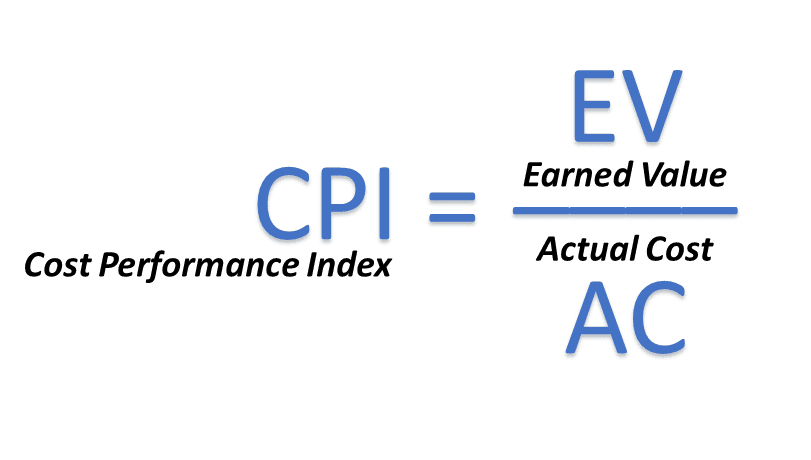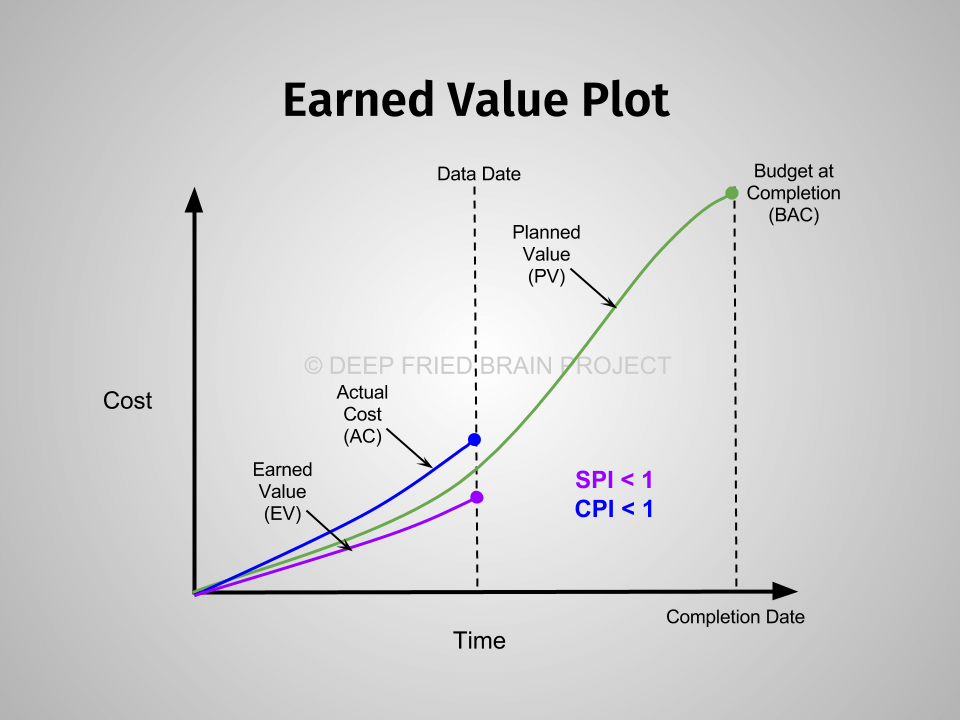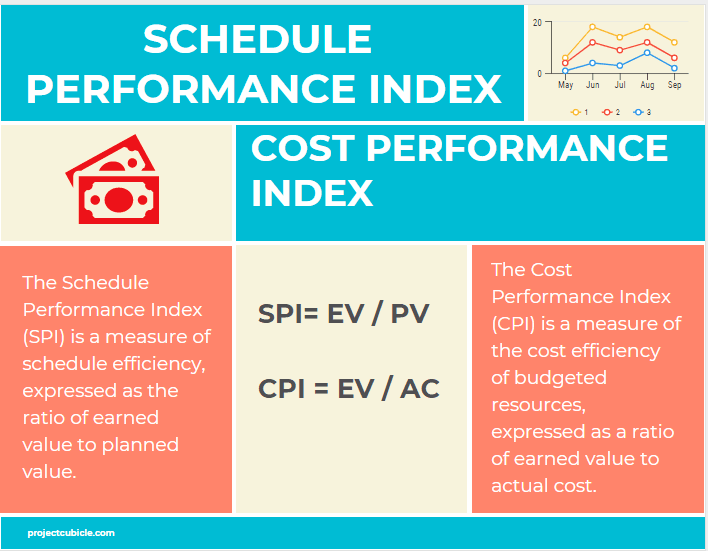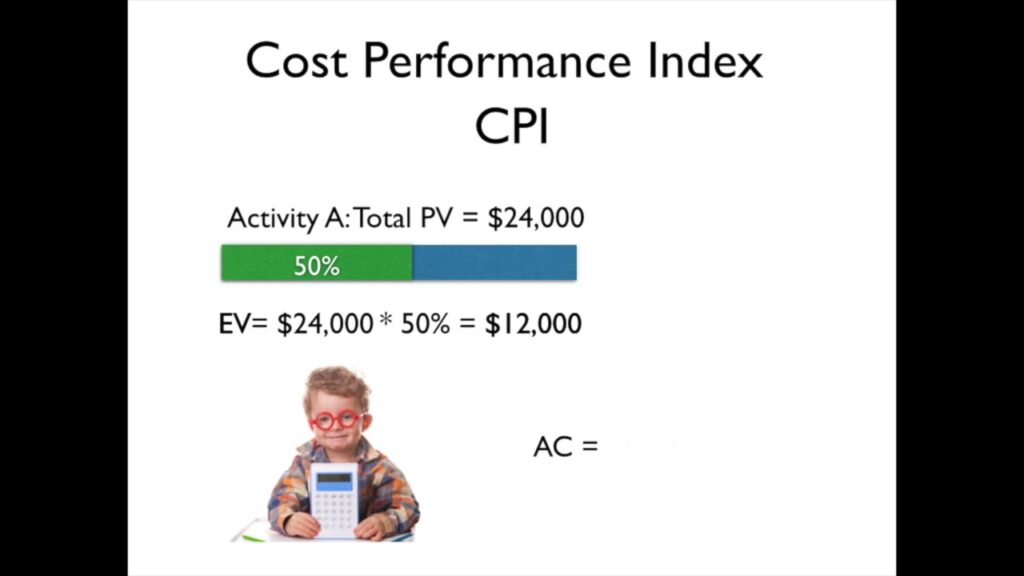
In the world of project management, staying on top of costs is essential for success. One important metric that helps measure project performance is the Cost Performance Index (CPI). Understanding how to calculate CPI is crucial for evaluating the efficiency of a project in managing its budget. By comparing the earned value of a project to the actual cost incurred, CPI provides valuable insights into whether a project is on budget or if adjustments need to be made. In this article, we will guide you through the steps of calculating CPI, equipping you with a valuable tool for effective project management.
Understanding Cost Performance Index (CPI)
What is CPI?
The Cost Performance Index (CPI) is a key performance indicator used in project management to evaluate the cost efficiency of a project. It measures the ratio of the earned value (EV) to the actual cost (AC) of the project. In simple terms, the CPI provides insights into whether a project is over or under budget.
Importance of CPI in Project Management
CPI plays a vital role in project management as it helps project managers and stakeholders assess the project’s financial health and performance. By understanding the CPI, project teams can identify potential cost overruns or savings, make informed decisions, and take corrective actions to keep the project on track.
CPI Formula
Components of CPI Formula
To calculate the CPI, the following components are needed:
-
Earned Value (EV): It represents the value of work completed up to a specific point in time and is typically measured in monetary terms.
-
Actual Cost (AC): AC refers to the total cost incurred in completing the project work up to a specific point in time.
Step-by-Step Guide to Calculate CPI
Calculating the CPI involves the following steps:
-
Gather Project Data: Collect all the necessary project data, including actual costs and the planned value.
-
Calculate Earned Value (EV): Define the performance measurement method and calculate the Earned Value using the Schedule Performance Index (SPI).
-
Determine Actual Cost (AC): Collect the actual cost data associated with the project work and consider resource usage to calculate the Actual Cost.
-
Calculate Planned Value (PV): Determine the planned cost associated with the project work and consider the project schedule to calculate the Planned Value.
-
Determining CPI: Substitute the values of EV and AC into the CPI formula to determine the Cost Performance Index.
-
CPI Interpretation: Finally, interpret the CPI values and understand their implications for project performance.

Gather Project Data
Collect Actual Costs
To calculate the CPI, it is essential to collect accurate and up-to-date actual cost data associated with the project. This includes expenses on materials, labor, equipment, and any other costs incurred during the project execution.
Determine Planned Value
The planned value represents the estimated cost of the work scheduled to be completed up to a specific point in time. It is crucial to consider the project schedule and the planned costs assigned to each task or deliverable to determine the planned value accurately.
Calculate Earned Value (EV)
Define Performance Measurement
Before calculating the earned value, it is important to define a performance measurement method or technique that aligns with the project objectives. This could be a percentage of completion, milestones achieved, or any other predefined measurement criteria.
Calculate EV Using SPI
The Schedule Performance Index (SPI) is utilized to calculate the Earned Value (EV). The SPI compares the progress of work completed against the planned schedule. By multiplying the SPI with the planned value, the Earned Value can be determined.

Determine Actual Cost (AC)
Collect Actual Cost Data
Collecting accurate and reliable actual cost data is essential for calculating the Cost Performance Index. This includes tracking expenses related to labor, materials, subcontractors, equipment rentals, and any other costs incurred during the project execution.
Consider Resource Usage
While determining the actual cost, it is crucial to consider the usage of resources and associated costs. This includes the hourly rates of labor, overtime expenses, and any cost implications resulting from changes in resource allocation or utilization.
Calculate Planned Value (PV)
Determine Planned Cost
To calculate the Planned Value accurately, project managers need to determine the planned cost associated with each task or deliverable. This can be achieved by breaking down the project work into smaller components and assigning appropriate planned costs to each component.
Consider Project Schedule
The project schedule plays a significant role in determining the Planned Value. It is important to ensure that the planned costs are aligned with the project timeline and consider any schedule changes or delays that may impact the planned values.

Determining CPI
Substitute Values into CPI Formula
Once the Earned Value (EV) and Actual Cost (AC) are determined, they can be substituted into the CPI formula to calculate the Cost Performance Index. The formula for CPI is EV divided by AC.
Considerations for Interpretation
Interpreting CPI values requires careful analysis and consideration of the factors influencing the project’s financial performance. A CPI value greater than 1 indicates that the project is under budget, while a value less than 1 suggests that the project is over budget. However, it is essential to evaluate CPI values in combination with other project performance indicators for a comprehensive assessment.
CPI Interpretation
Interpreting CPI Values
Interpreting CPI values provides insights into the project’s cost efficiency and performance. A CPI value of 1 suggests that the project is performing exactly as planned and is within the budget. Values greater than 1 indicate cost savings, as the project is performing better than expected. On the other hand, values less than 1 indicate that the project is exceeding the budget.
CPI Values and Project Performance
CPI values have implications for project performance. Projects with consistently high CPI values indicate cost-effective execution and efficient resource utilization. On the contrary, projects with consistently low CPI values may encounter cost overruns, schedule delays, or poor resource management. Analyzing CPI trends helps stakeholders identify areas for improvement and take appropriate corrective actions.

Benefits of Calculating CPI
Monitoring Project Performance
By calculating CPI, project managers can monitor the project’s financial performance, track cost efficiency, and ensure adherence to the budget. It enables proactive decision-making and early intervention to address any cost variances, improve resource allocation, and maintain project profitability.
Identifying Cost Variance
CPI calculation helps in identifying cost variances, which are discrepancies between the planned and actual costs. By comparing the EV and AC, project managers can understand whether the project is within the approved budget or requires adjustments to mitigate potential cost overruns.
Limitations of CPI
Focus on Cost Aspect
While CPI is a valuable metric for assessing cost performance, it solely focuses on the financial aspect of a project. It does not consider other important factors like quality, schedule adherence, or stakeholder satisfaction, which are equally crucial for project success.
Inadequate for Complex Projects
CPI might not be sufficient for assessing the cost performance of complex projects involving multiple stakeholders, intricate dependencies, or rapidly changing requirements. These projects may require additional performance indicators and analysis methodologies to provide a holistic view of the project’s success.
In conclusion, understanding and calculating the Cost Performance Index (CPI) is crucial for effective project management. By considering factors such as Earned Value (EV) and Actual Cost (AC), project teams can assess the project’s cost efficiency, identify cost variances, and make informed decisions to ensure project success. Monitoring CPI values and interpreting them accurately can provide valuable insights into project performance, enabling timely corrective actions and improved cost management. However, it is important to remember that CPI should be used in conjunction with other performance indicators and should not be the sole determinant of project success.








